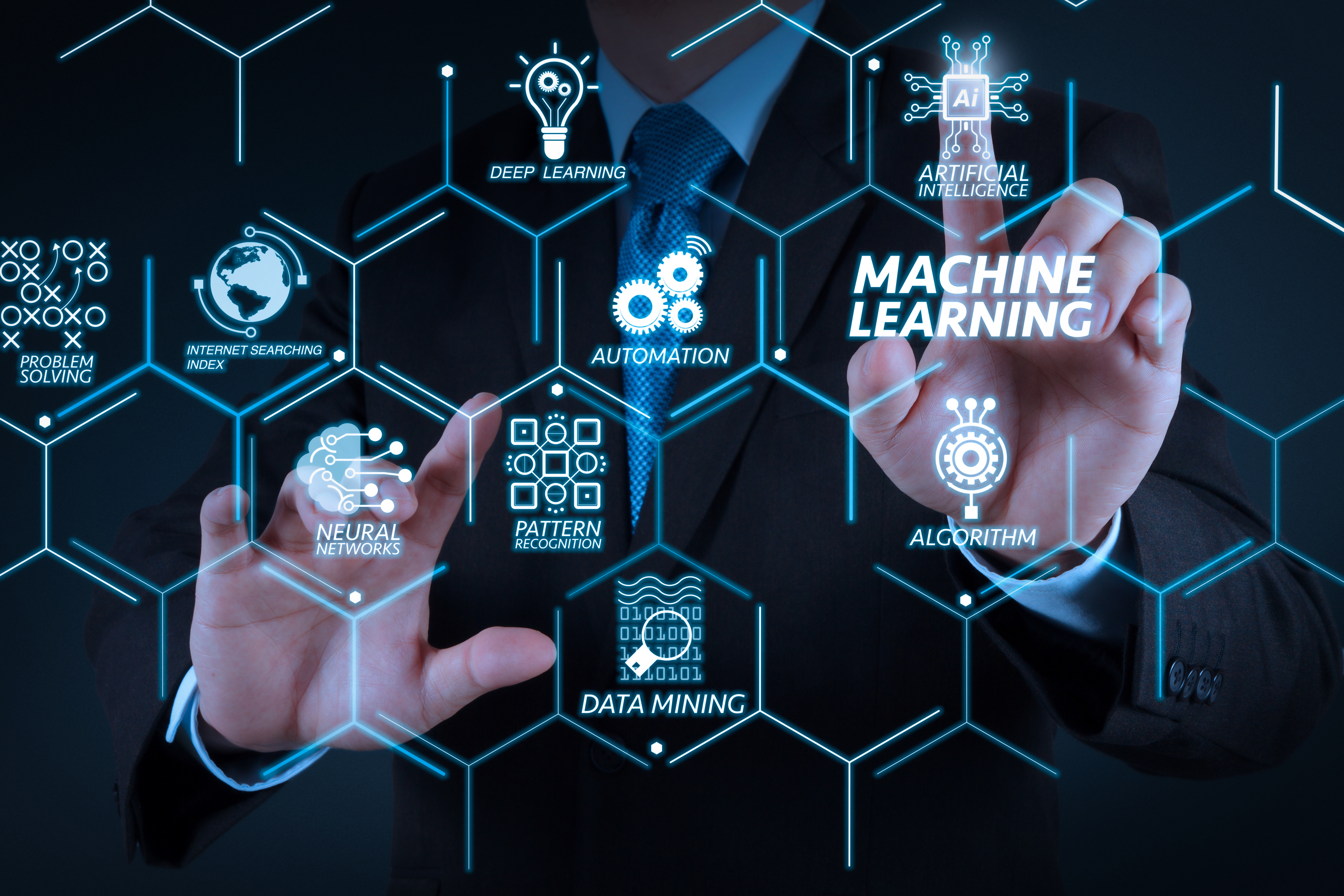5
min read
Written by IntegraONE on Jul 8, 2025 1:45:19 PM
Generative AI vs. Agentic AI: What is the difference?
Things are moving quickly with AI, maybe two quickly. Trying to absorb everything coming out about AI can seem like drinking from a fire hydrant at times. You are probably aware of ChatGPT but then you also have heard something about AI agents. The fact is that AI is not a single, uniform technology. Just as medicine encompasses both vaccines and antibiotics, each with distinct purposes and mechanisms, both generative AI and agentic AI fall under the AI umbrella, but serve different roles.
What is Generative AI?
Generative AI is a class of artificial intelligence designed to generate new content such as text, images, music, code, or video based on patterns it has learned from vast amounts of training data. Generative AI models such as ChatGPT, Grok, and Google Gemini require human input to initiate and guide the process. The instructions are referred to as AI prompting. For those who know how to prompt effectively, generative AI can significantly boost productivity and creativity. Some examples can include:
• Automatically generate engaging marketing and communication materials such as social media posts and email campaigns
• Generate code snippets, scripts, or configuration files for IT tasks, such as automating workflows, onboarding new user devices
• Creates images, logos, infographics, or presentation visuals based on textual descriptions, streamlining design workflows.
For example, Microsoft Copilot users can upload a research paper they wrote as a Word document and have it instantly create a PowerPoint presentation to accompany it. The more specific the guidance provided to the generative AI engine, the more tailored and effective the resulting content will be. Generative AI is not perfect however and is known to produce plausible but inaccurate content on occasion. It also lacks autonomy as it is dependent on user prompts.
What is Agentic AI?
Agentic AI takes a much different approach. For starters, it operates with minimal human intervention and acts autonomously to achieve outlined goals and objectives within dynamic environments. It can even self-monitor the tasks it executes and learn from them to improve. These systems can make decisions on their own and interact with external systems and tools such as APIs or web browsers to accomplish tasks. AI agents can break down complex tasks into steps, evaluate options, and adapt to changing conditions. Some of the tasks that these agents can perform for your organization include:
• Schedule meetings by checking everyone's calendars, suggesting times, sending invites, and following up on responses. It might use APIs to interact with
Microsoft Outlook or Google Calendar and do so without any manual coordination.
• Respond to a customer’s query about a payment issue by checking transaction records, identifying errors, and issuing a refund or escalating to a human if needed.
• Scan a network for vulnerabilities, apply firmware updates to printers in the CDE, and log actions for audit purposes, using tools like Microsoft Intune or custom
scripts
Many AI vendors are incorporating agents into their solutions. For instance, Microsoft now offers domain-specific Copilot agents such as Copilot for Finance that can conduct budget analysis, forecasting and reporting. Agents can be pre-built, customized, or created from scratch using no-code/low-code tools that are available within Microsoft 365 apps and the Agent Store.
HPE Aruba Networking is now embedding intelligent agents within its Aruba Networking Central platform to enable autonomous, proactive, and adaptive network management. These agents collaborate to provide automated root-cause analysis, recommend or implement fixes, and optimize network settings. Often, they can perform these tasks before human administrators are even aware of issues.
In summary
When you look at both AI approaches, you quickly see the stark differences.
• Generative AI is designed to create content while Agentic AI is designed to execute tasks and achieve objectives
• Generative AI requires frequent human prompting while agentic AI can operate independently once given a goal.
• Generative AI is used for content production while AI is best suited for workflow automation and process management.
• Generative AI is inherently reactive, responding to requests as they come. Agentic AI is proactive, capable of initiating actions, monitoring progress, and adapting
based on events or predefined rules.
• Generative AI typically operates as a standalone tool or API with limited integration into broader systems. Agentic AI is built for multi-system integration, allowing
it to coordinate tasks across various platforms, tools, and data sources.
If your organization is interested in leveraging AI to achieve its business goals, reach out to your IntegraONE rep or email sales@integraone.com. We can guide you through the possibilities of AI and help you unlock new opportunities for innovation and growth. Contact us today to start your AI journey.




